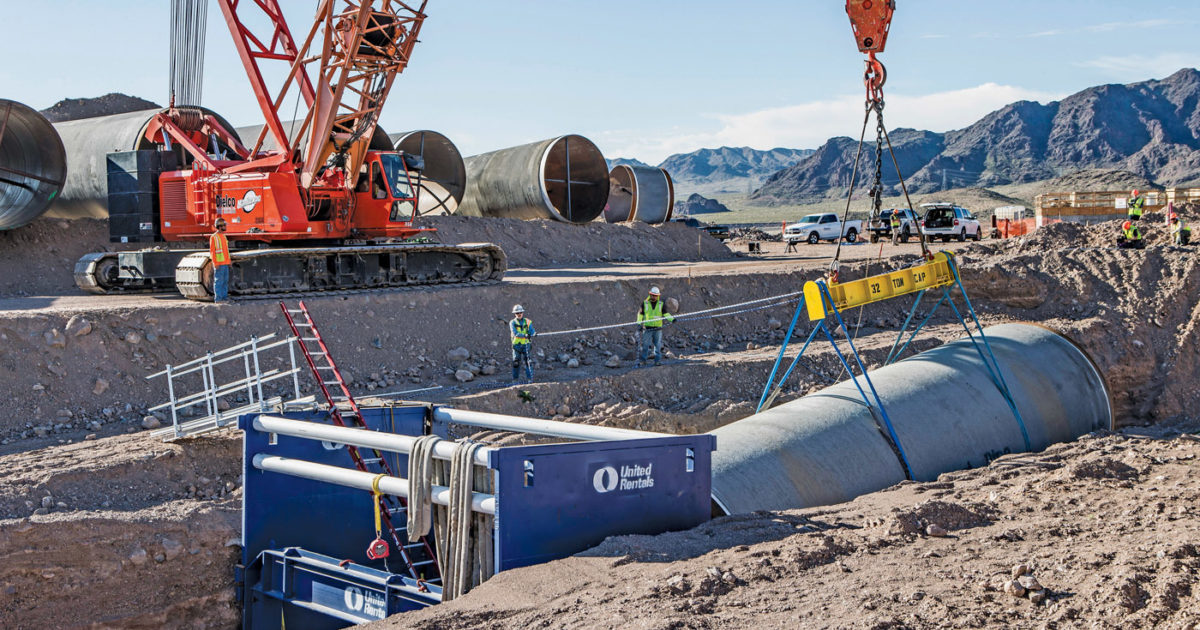Various construction techniques are being used to construct various structures to provide support, strength, and stability. One of these construction techniques is Trench Shoring. This technique is used in the construction of trenches to support the trenches’ walls.
Trench shoring is a support system used to protect a building from collapsing in the future from a landslide, but the hazards/risks accompanying it should not be ignored. This support system achieves its primary function when it is done correctly and by a professional; on the other hand, it is accompanied by specific dangers if not done correctly.
To be on the safer side and ensure these dangers are avoided, specific safety tips have been arranged by professionals in the field based on standards the best trenches should possess. These standards are highlighted in this article, and they are aimed at ensuring that the best support system is constructed.
Tips For Trench Shoring
Specific steps have been introduced to construct the best support systems and avoid the fatalities resulting from poor trench shoring. They are:
1. Keep heavy equipment away from trench’s edges: When constructing trenches, workers should avoid keeping heavy equipment near the trench’s edges because they may slip and fall into the trench resulting from the activities in the trench. Understand that the activities in the trench loosen the soil resulting in soil slipping, and if heavy equipment is placed at the edges, the soil slip results in the equipment falling in the trench, harming the trench’s workers.
2. Raised loads: Workers should avoid working under raised loads in trenches because the environment has various possibilities. The loads might fall, resulting in the support failing or many activities in that area. Hence, trench workers should be aware of these tips and observe them.
3. Trench inspection: Trench shoring cannot be finished in one day. Ensure the trench is of excellent quality, a specific time is allocated for the process, and regular inspection is conducted at the end of every shift. The inspection checks for issues that may arise during the construction process.
4. Keep surcharge loads at a safe distance: Shoring of trenches presents a construction area with much external pressure. This pressure presents an avenue for risks, and every worker thieves to reduce these risks. However, by keeping surcharge loads near the trenches, the pressure increases, and risks also increase. Hence, to avoid keeping surcharge loads near trenches, construction agencies recommend a distance of 2 meters from the trenches for surcharge loads.
5. Trench inspection after a heavy downpour: Heavy rains can cause many damages to trenches. Some of these damages may go unnoticeable if the trench is s not inspected, compromising the trench’s quality and putting its workers at risk.
6. The trench’s construction should be in line with the area’s blueprint: Before bringing construction of a trench, it is wise to inquire for a copy of the area’s blueprint to note where all the utility lines pass through. This allows the workers to note the area’s utility lines and avoid them.
7. Educate the trench workers: Having trench workers ignorant of the hazards that accompany trench shoring is disastrous. Hence, correctly educate the workers on the dangers and how to prevent these dangers.
Conclusion
Trench shoring as a support system needs to be done correctly to avoid hazards. Poor trench shoring is reported to have killed many people, mainly its workers. Luckily, this article contains safety tips for trenches guaranteed to reduce hazards and risks. Trench shoring safety is critical for those who specialize in trench shoring works, such as civil and environmental contractors.






